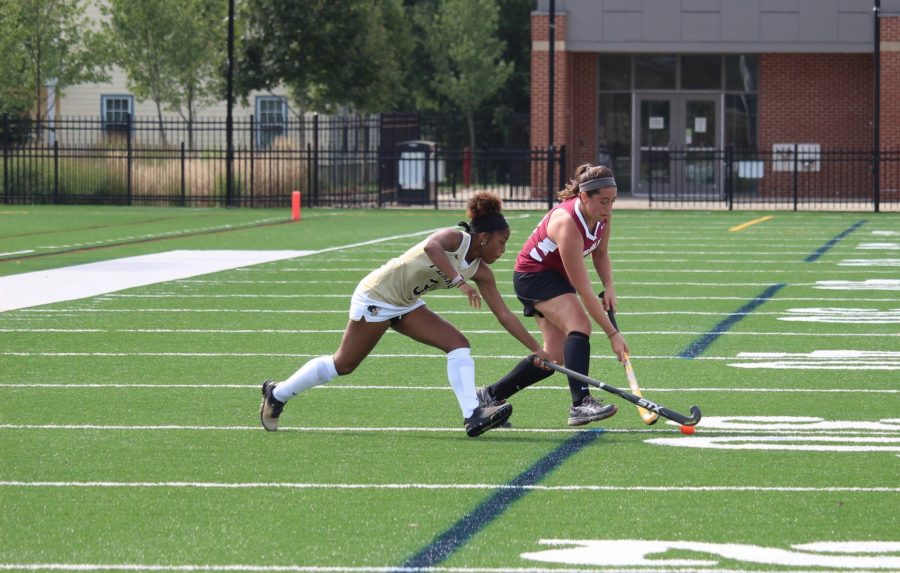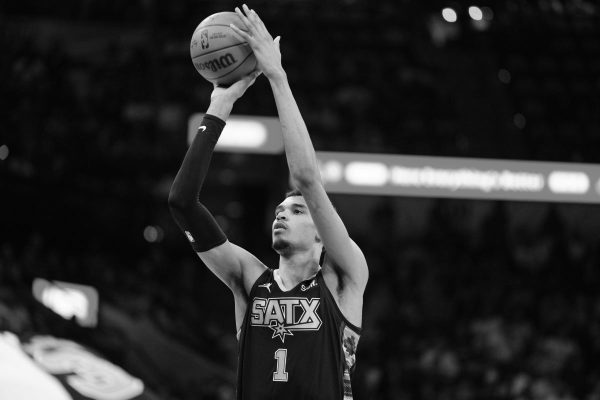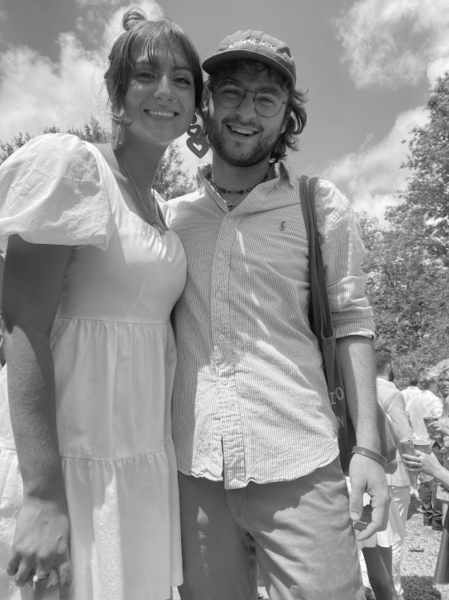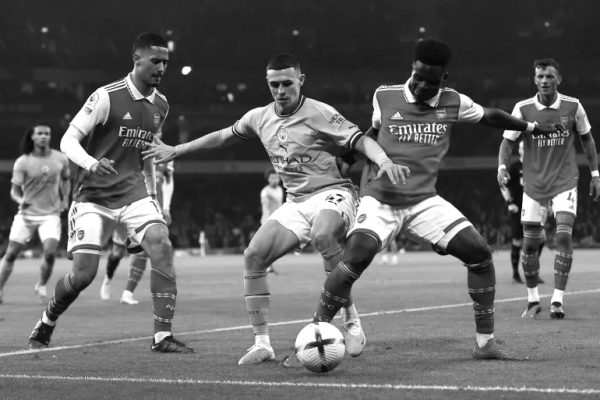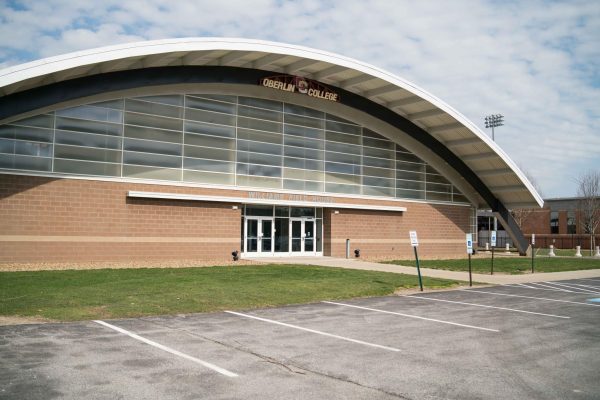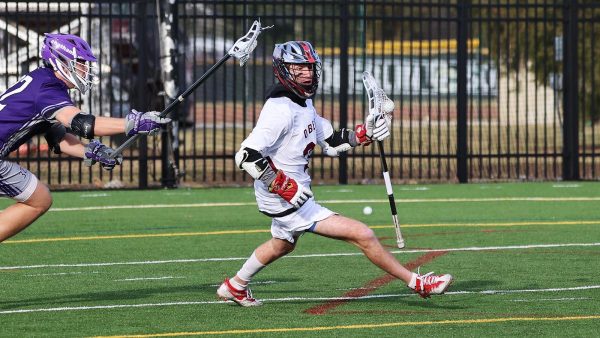Reflections From a Graduating Four-Year Student-Athlete
Photo courtesy of OC Athletics
As many of the spring sports teams celebrated Senior Day last weekend, College senior and former field hockey player Julie Schreiber took some time to reflect on her four-year career for the Yeowomen.
My four years as a student-athlete at Oberlin have been commemorated generously. In addition to a celebratory Senior Day, I developed as an individual with a community of athletes who turned a field hockey team into a family. The many hours I’ve spent with this team will remain some of my fondest college memories for the rest of my life. But to recognize my athletic career only on the field feels a bit incomplete; so many of my Oberlin athletic experiences actually took place in the newsroom.
My dad is a sports writer — anyone who talks to me for more than 10 minutes will hear me bring this up — and he raised my twin sister and me with a steadfast commitment to sports, specifically baseball. But he did so through unconventional means. I remember sitting in the stands at Shea Stadium, watching the New York Mets lose, while my dad shared quirky anecdotes with me and my sister about each player who came up to bat. More than statistics like earned runs or batting averages, the topics my dad was most eager to discuss were the stories of players who came from tough backgrounds; the origins behind the teammates’ iconic nicknames, handshakes, and dances; and even the scandals of players who were in trouble with the law for peeing outside a bar or showing up to practice hungover. Every player has a story, and those stories create the colorful character and culture of the team, as well as that of the sport.
At a glance, Oberlin may not seem like an interesting place to write about sports. When one thinks of Oberlin, the images conjured are most likely those of protests, co-ops, and barefoot cyclists. Varsity sports and the traditional state-school stereotypes associated with them feel out of place here. But in a way, it is Oberlin’s very reluctance to center athletics as a major attraction for incoming students that has drawn such a diverse and interesting athletic community.
While the records of most Oberlin sports teams are historically not something to brag about, compelling stories about the College’s athletes and sports programs have never been difficult to uncover. Just this year, I’ve been able to write stories about famous athletes returning to their games after injuries, Oberlin alumni athletes, social movements taking place on courts and fields both on campus and nationwide — all stories that would interest anyone, not just athletes or sports fans.
A frequent topic of conversation on Oberlin’s campus is that of the infamous “divide” between North Campus, where athletes tend to reside alongside athletic facilities and STEM buildings, and South Campus, home to more theme and program housing, and arts and humanities buildings. Students on one end of campus often feel isolated from the other end, and while this is frequently a hot topic on campus, during my Oberlin tenure, no reasonable solution has emerged to bridge these two factions of one community.
As I prepare to leave Oberlin and reflect on the ways I’ve witnessed different social circles come together, the common thread has been the power of communication — specifically through conversation, publications, and platforms to share stories. There’s no saying exactly how the two ends of campus can foster a greater sense of togetherness, but my experiences make me certain that the sports section of this student-run newspaper, with writers who use sports as a launch pad to reach any audience that wants to hear a good story, is a great place to start.


